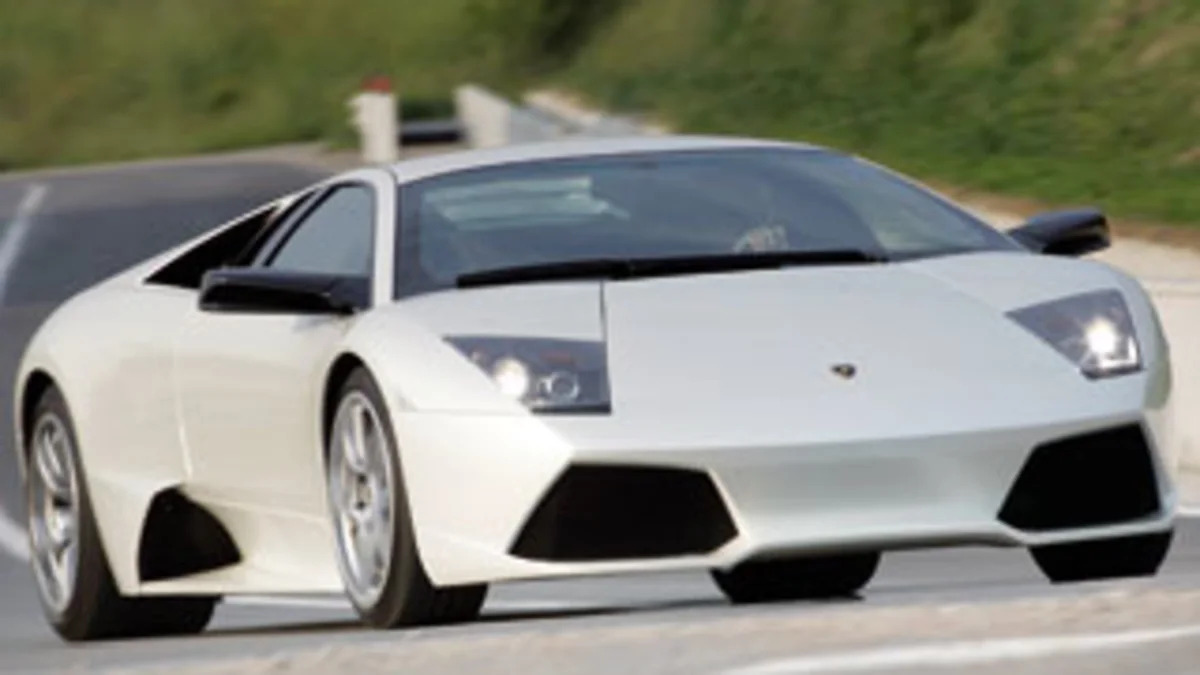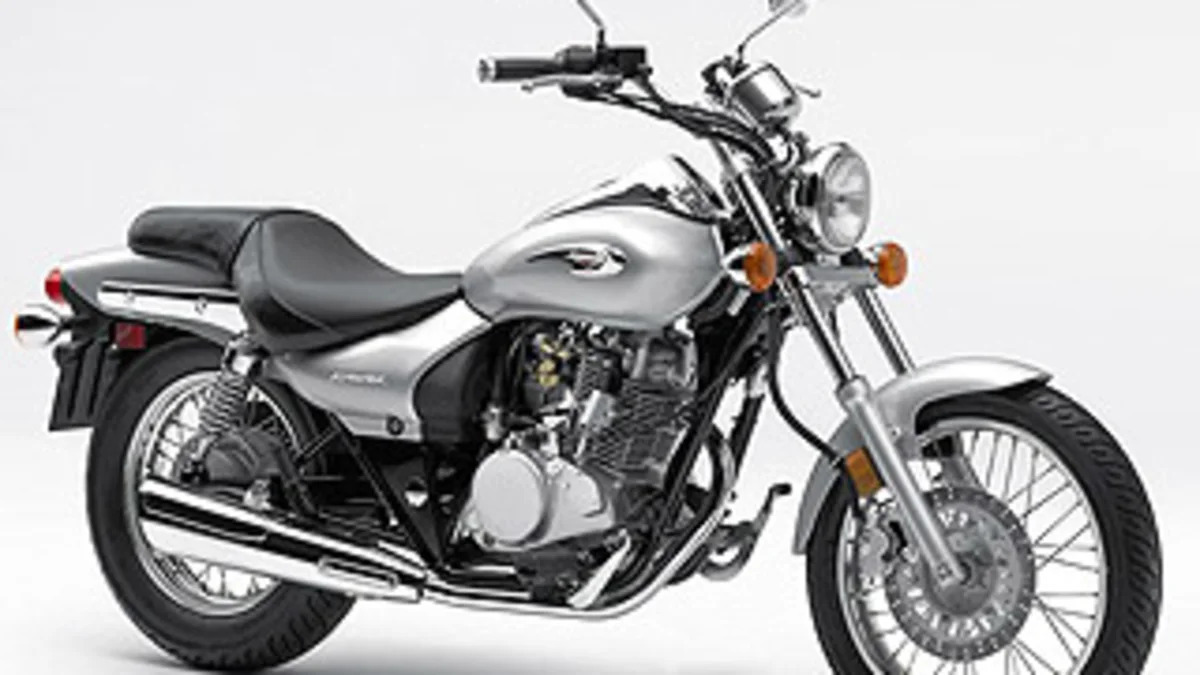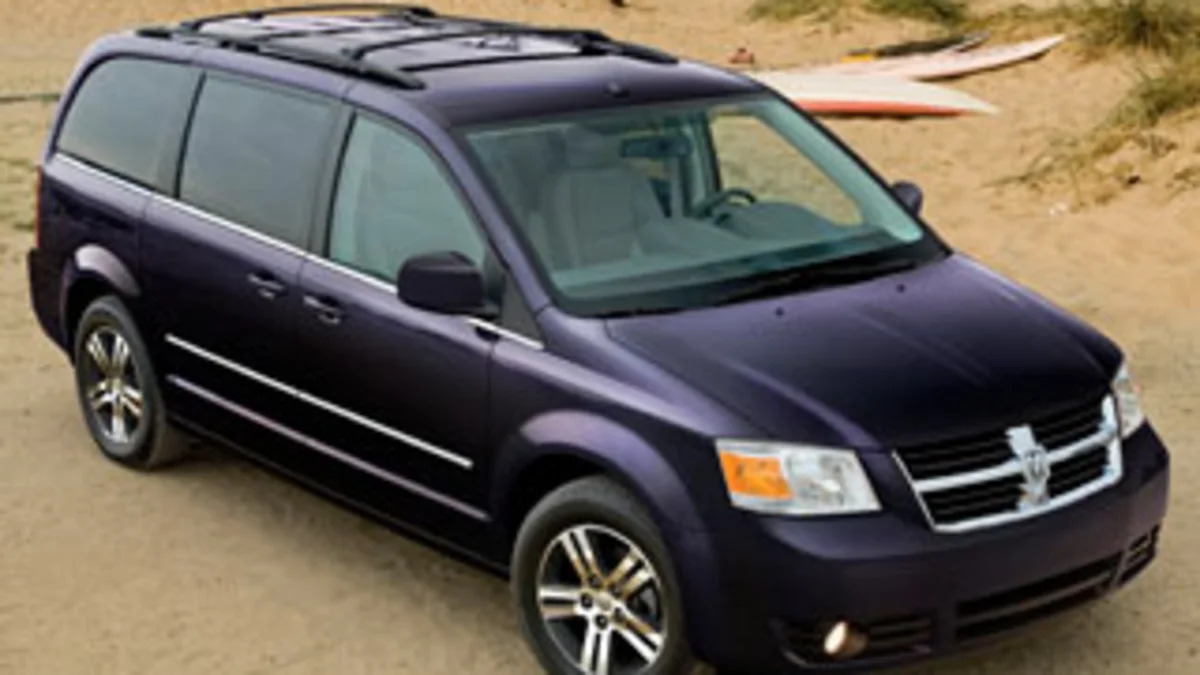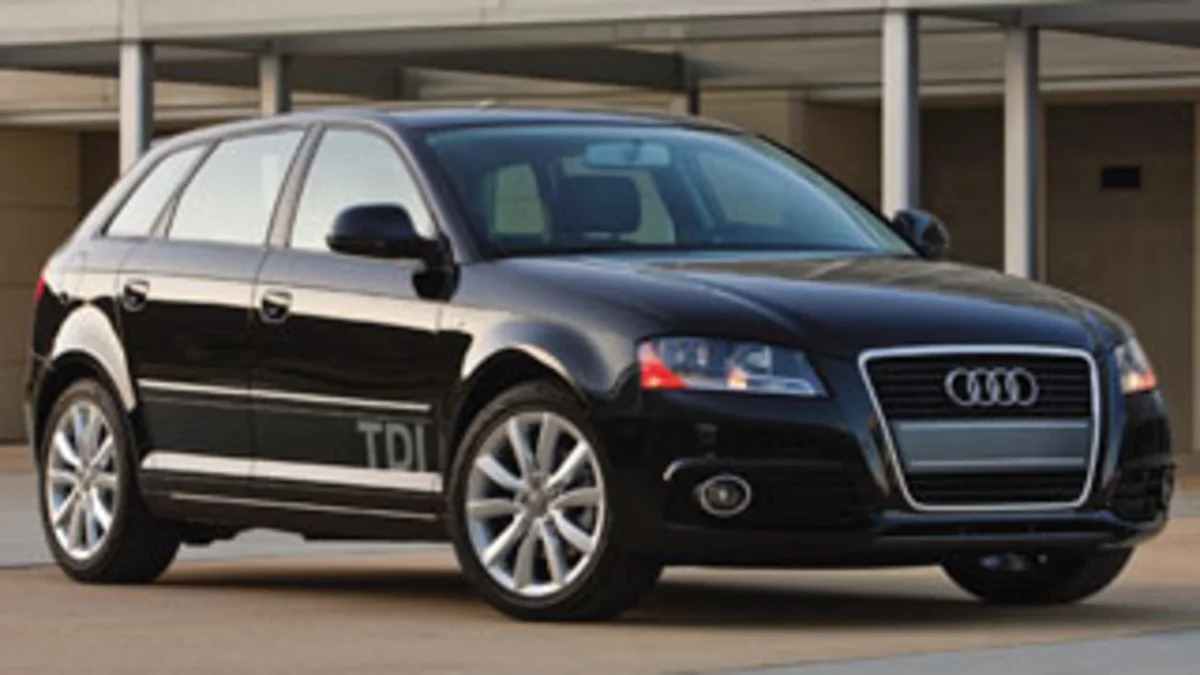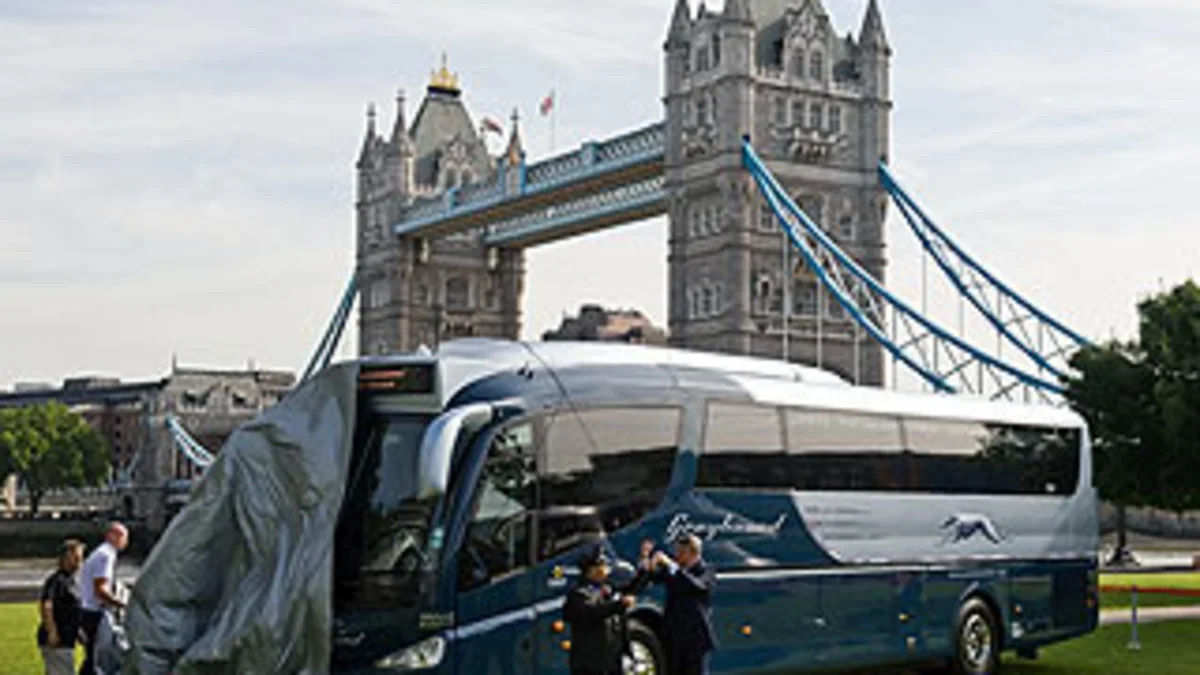The Greenest Way Across the U.S.A.-- Our Mileage Champion Might Shock You
May 22, 2010

-

- Image Credit: Getty Images
Introduction
As the reigning fuel mileage champ in America, the Toyota Prius gets the attention it deserves for returning 51 miles per gallon around town and 48 on the highway. Those are some pretty sweet numbers and potentially embarrassing to drivers of vehicles like the Chevrolet Suburban, with its 15/21 ratings.
But what if that Suburban were packed to capacity, with nine people aboard? On the highway, that would translate to 189 passenger miles per gallon, which should be more than enough to shame that solo Prius driver in the HOV lane, wallowing in her own smugness. Of course, if Ms. Prius filled up her car, overall fuel efficiency would increase, too.
That got us to thinking how efficient different forms of transportation are, not just in terms of a vehicle’s mileage rating, but in terms of a per seat comparison. In other words, if you are really interested in reducing your carbon footprint, what’s the greenest way to travel? -
- Image Credit: jupiterimages
Making Up The Rules
We decided to start our comparison by picking a route: The classic cross-country trip from New York to Los Angeles. While our results are reported in “passenger miles per gallon” (pmpg), it was necessary to have some objective measure to compare the relative amounts of energy used to move people. While we are familiar with the official mileage ratings for cars that get handed out by the EPA each year, aircraft and trains often measure their energy use differently, so their efficiency ratings need to be converted from the original data in a manner that makes sense for comparison. Don’t worry, we’ve done all the math.
To keep this comparison somewhat grounded, we excused electric cars from the competition, since no national charging infrastructure yet exists. (Mileage ratings for electric cars are hardly reliable at this point, anyway.) We also decided to try and show each form of transportation under ideal conditions. This means with a full passenger load and smooth traveling conditions, free of any weather problems, traffic delays, or other interruptions. Our comparison also doesn’t take into account a traveler’s time. -
- Image Credit: Lamborghini
Lamborghini Murciélago: 26 pmpg
A brutally fast and sexy Italian sports car, the two-seat Lamborghini Murciélago pays for its 200 mph capability by delivering a paltry 26 pmpg. Of course, the only way a Prius will ever reach 200 mph is if it gets loaded onto an airplane.- Research the Lamborghini Murci
- Lamborghini Murciélago Photos
- Lamborghini Murciélago Owner Reviews
- Lamborghini Murciélago Local Dealer Price Quote
-
- Image Credit: Roslan Rahman, AFP/Getty Images
Gulfstream V Business Jet: 30 pmpg
The long-range, high-flying Gulfstream V is the pinnacle of luxury and private air travel, but you pay the price in getting just a fraction of the fuel efficiency achieved by scheduled airliners. -
- Image Credit: Jonathan Daniel, Getty Images
Airbus A380: 75 pmpg
According to the manufacturer, an Airbus A380 -- the new king-of-the-skies, double-decker super jumbo jet -- achieves an average 75 pmpg for a typical journey with a three-class configuration carrying 525 passengers. That figure would jump considerably if an airline ever put into service the maximum capacity, all-economy setup with 853 seats, but even Airbus admits that’s not likely to happen as first- and business-class seats are simply too profitable. -
- Image Credit: Bertil Ericson, AFP/Getty Images
Boeing 747: 90 pmpg
Fuel efficiency for jetliners, particularly for massive super jumbos like a 747, varies greatly depending on a number of factors, but in general, the more people on board and the longer distance traveled, the lower the fuel consumption. A typical 747-400 carries 416 passengers and can achieve a 90 pmpg performance over the usual long distance routes it travels. -
- Image Credit: GM
Chevrolet Cobalt XFE: 185 pmpg
Lost in the luster of Asian carmakers handing it to Detroit on the small-car front for a couple of decades now, the unloved Chevrolet Cobalt XFE holds the title of the most fuel-efficient gasoline-powered, non-hybrid, five-passenger car in America, delivering a respectable 185 pmpg.- Research the Chevy Cobalt
- Chevy Cobalt Photos and More
- Chevy Cobalt Owner Reviews
- Chevy Cobalt Local Dealer Price Quote
-
- Image Credit: Toyota
Kawasaki Eliminator 125: 190 pmpg
At 95 mpg, the Kawasaki Eliminator 125 is one of the most fuel-efficient vehicles traveling American roads. Riding two up doubles that to 190 pmpg. Crossing the entire country on a small displacement motorcycle, however, is not for the faint of heart. -
- Image Credit: Chrysler
Chrysler Town and Country/Dodge Grand Caravan/Volkswagen Routan or Honda Odyssey: 200 pmpg
The minivan has been dismissed by many as being just a mommy-mobile, even by large numbers of mommies. But with more interior room that an SUV, higher ceilings and more passenger space all around, plus a more car-like driving experience, the minivan still has a lot going for it. Getting up to 200 pmpg on the highway doesn’t hurt either -
- Image Credit: Audi
Volkswagen Jetta and Golf or Audi A3 TDI diesel models: 210 pmpg
Having to pay exorbitant prices for fuel, Europeans long ago turned to diesel automobiles for efficiency. And seeing the latest VW and Audi TDI models returning a max of 210 pmpg, who can blame them? Plenty of VW diesel owners are reporting mileage much better than EPA estimates. -
- Image Credit: Toyota
Toyota Prius: 240 pmpg
The Prius is about as good as it gets for personal transportation when it comes to achieving high fuel efficiency and a low carbon footprint at 240 pmpg. Fill the car up with people, gas, a grande decaf latte brewed from sustainable, organic beans for everyone aboard and hit the road knowing full well that you’ll be in the third greenest machine crossing the country.- Research the Toyota Prius
- Toyota Prius Photos and More
- Toyota Prius Owner Reviews
- Toyota Prius Local Dealer Price Quote
-
- Image Credit: Donna McWilliam, AP
Diesel-Electric Amtrak Train: 317 pmpg
Even with a pair of hybrid diesel-electric locomotives (the diesel engines generate the electricity to run the electric motors that power the wheels), a full, ten-car Amtrak train with 760 passengers on board still returns an impressive 317 pmpg. In might take a couple of days to cross the country, but you get a smooth ride, the chance to see the country, the option of a place to sleep and real food on board, and you still get killer mileage when you take the train. -
- Image Credit: Leon Neal, AFP/Getty Images
Greyhound Bus: 450 pmpg
Riding the dog might not be the most glamorous way to cross the country, but the latest coaches joining Greyhound’s fleet are not only more comfortable than older buses, they are also more fuel efficient. By shrinking passenger capacity from 55 to 50, Greyhound made their buses more comfortable. By using the latest Detroit Diesel Series 60 engines, Prevost X3-45 buses generate an impressive 450 pmpg, easily besting all other forms of travel available to Americans.

